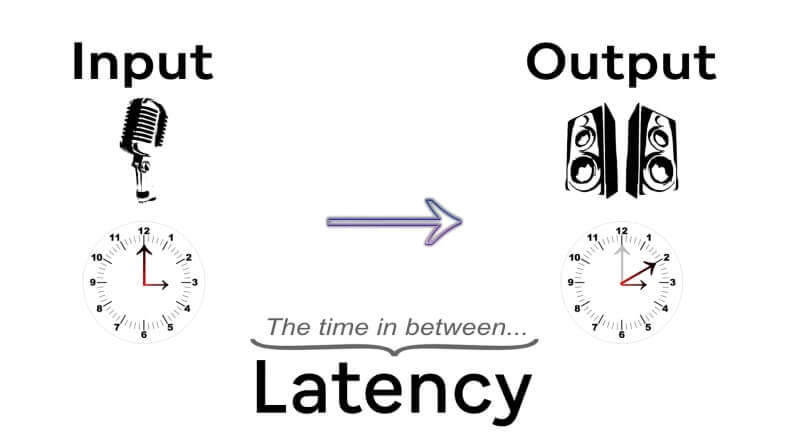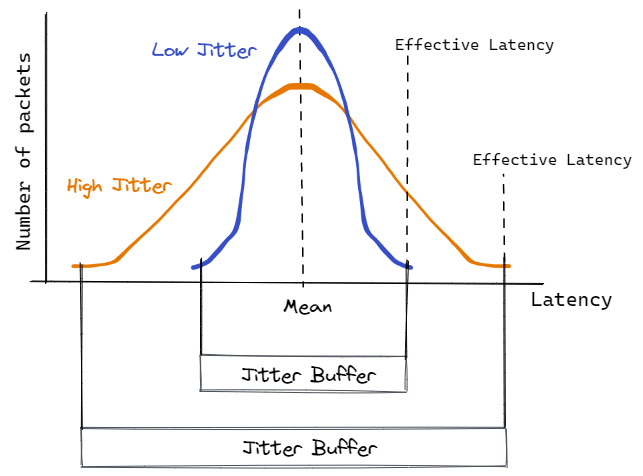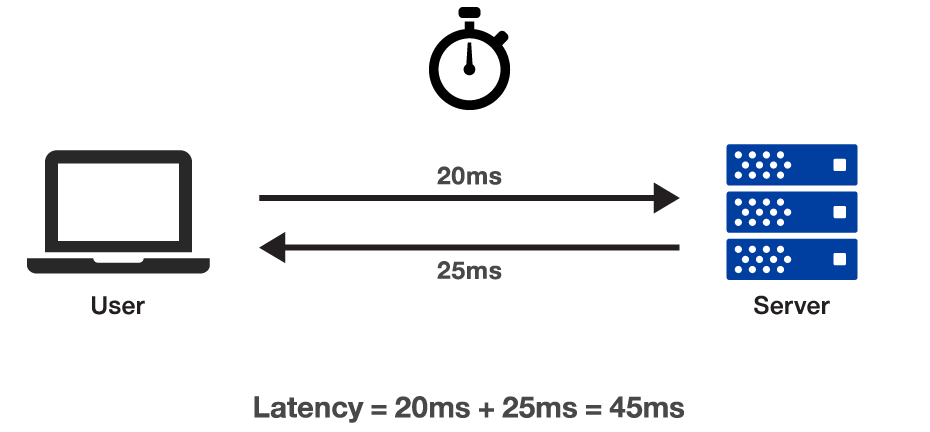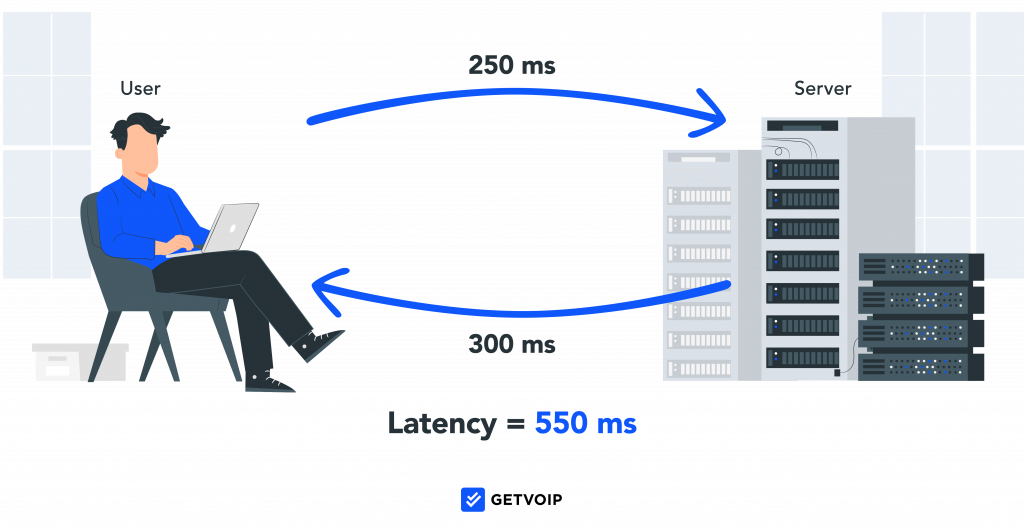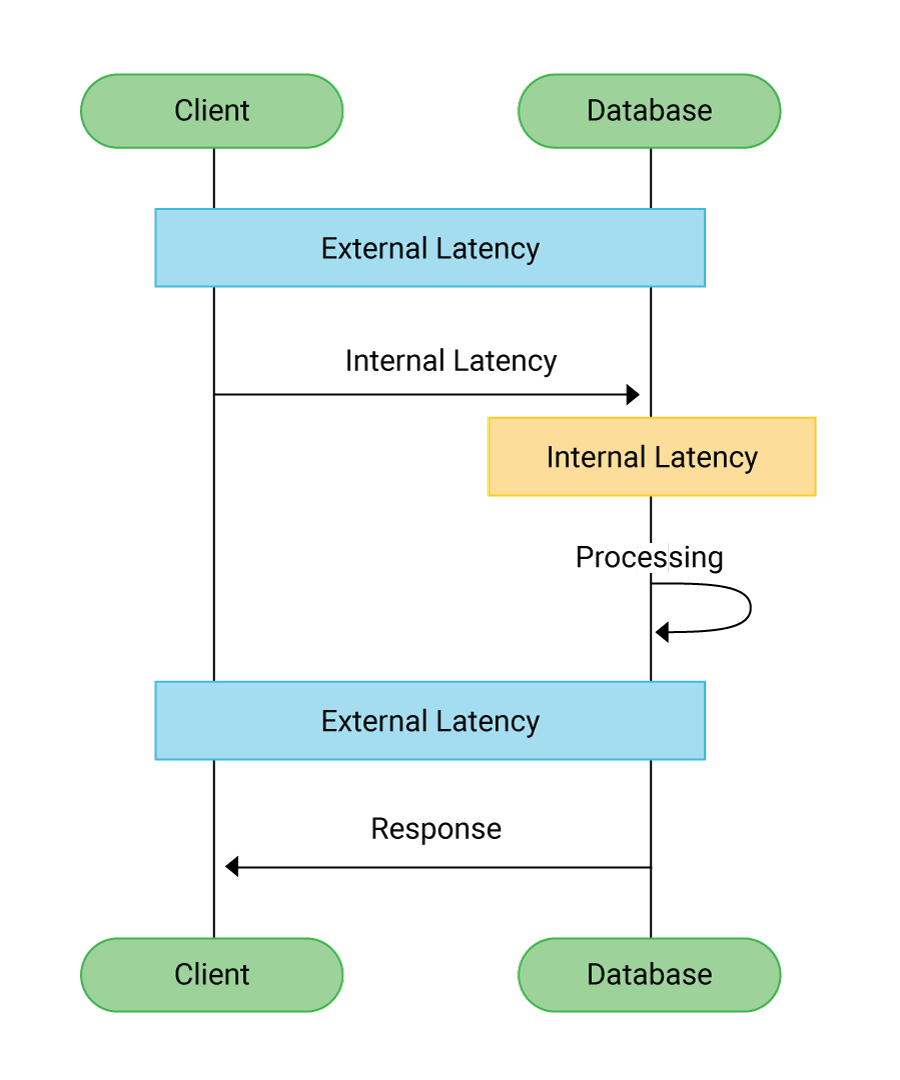Latency Refers To The 27 Seconds

Imagine a world where conversations feel like talking through molasses, where every question hangs in the air for an eternity, and responses trickle back with agonizing slowness. This isn't some dystopian nightmare; it's the very real challenge of high latency, and for one particular corner of the scientific community, the number haunting their dreams is 27: 27 seconds of delay.
At its core, this article explores the impact of a specific 27-second latency period affecting researchers utilizing remote telescopes and advanced scientific instruments. This substantial delay presents a significant hurdle, impacting real-time data analysis, experiment control, and the very nature of scientific discovery. We'll delve into the challenges this latency creates, the potential solutions being explored, and the broader implications for the future of remote scientific research.
The Invisible Barrier: Understanding Latency
Latency, in simple terms, is the delay between a cause and its effect. In the digital world, it's the time it takes for data to travel from one point to another. The internet, satellites, and even physical distances all contribute to this delay.
For most everyday online activities, a few milliseconds of latency is imperceptible. However, when dealing with remote control of sensitive scientific equipment, a delay of 27 seconds becomes a chasm. This is especially pertinent when dealing with space telescopes like the James Webb Space Telescope or land-based observatories in remote locations.
The Case of the 27-Second Delay
The specific instance of the 27-second latency involves a specialized network connection used by a group of researchers accessing a high-powered telescope located in a geographically remote region. While the exact location and telescope details remain confidential to protect operational integrity, the challenges this delay presents are universally applicable.
This isn't a constant delay; it fluctuates slightly, but the average remains stubbornly around 27 seconds. This fluctuation adds another layer of complexity, making predictive adjustments even more difficult.
The Impacts on Research
The most significant impact is on real-time observation and adjustments. Imagine trying to fine-tune a telescope's focus when you have to wait nearly half a minute to see the results of your adjustments. This makes exploring transient phenomena like supernovae or gamma-ray bursts incredibly challenging.
Data analysis is also significantly hampered. Quick assessment of data streams is impossible, forcing researchers to rely on pre-programmed algorithms or delaying analysis until after an observation session. This reduces the researcher’s ability to respond dynamically to the data.
Experiment control suffers severely. Simple tasks, like calibrating instruments or adjusting settings, become tedious and time-consuming. The lag makes interactive debugging nearly impossible.
Potential Solutions: Bridging the Gap
Researchers are exploring multiple avenues to mitigate the impact of this latency. Improving network infrastructure is a primary focus. This involves optimizing data transmission protocols, exploring alternative routing pathways, and potentially utilizing more advanced technologies like quantum entanglement for faster data transfer (though this is still largely theoretical).
Another approach involves employing sophisticated predictive algorithms. By analyzing historical data and system behavior, researchers aim to anticipate necessary adjustments and preemptively implement them, minimizing the impact of the delay.
Edge computing is also being considered. Processing some data locally, near the telescope, could reduce the amount of information that needs to be transmitted in real-time, thereby reducing the impact of latency. This would require installing powerful computer systems at the remote observatory.
Adapting and Innovating
Beyond technological solutions, researchers are also adapting their methodologies. Shifting towards more pre-programmed observation sequences and relying on automated analysis tools are becoming increasingly common. This requires more careful planning and less reliance on real-time adjustments.
There's also a growing emphasis on developing more robust and fault-tolerant systems. Instruments that can operate reliably even with imperfect data and delayed feedback are crucial. This is driven by necessity, forcing innovation in the field.
The Future of Remote Science
The challenges posed by the 27-second latency highlight the broader difficulties of remote scientific research. As scientists increasingly rely on globally distributed instruments and remote access to data, the issue of latency will only become more critical.
Investment in robust and reliable communication networks is essential. This requires collaboration between research institutions, governments, and private sector companies to develop the infrastructure needed to support cutting-edge science. Funding agencies play a crucial role in driving these advancements.
Furthermore, developing novel algorithms and data analysis techniques that can cope with latency is vital. This will require interdisciplinary collaboration between computer scientists, engineers, and domain experts.
A Matter of Time
While the 27-second delay presents a significant challenge, it also serves as a catalyst for innovation. Faced with this obstacle, researchers are developing ingenious solutions, pushing the boundaries of technology, and adapting their methodologies to overcome the limitations of distance.
The pursuit of faster, more reliable communication is not just about improving scientific research; it's about connecting the world and enabling collaboration on a global scale. The lessons learned from tackling the 27-second latency will have far-reaching implications, benefiting not only the scientific community but also society as a whole.
Ultimately, overcoming latency is about reclaiming time, shortening the distance between question and answer, and accelerating the pace of discovery. It’s a race against the clock, and the scientific community is determined to win.

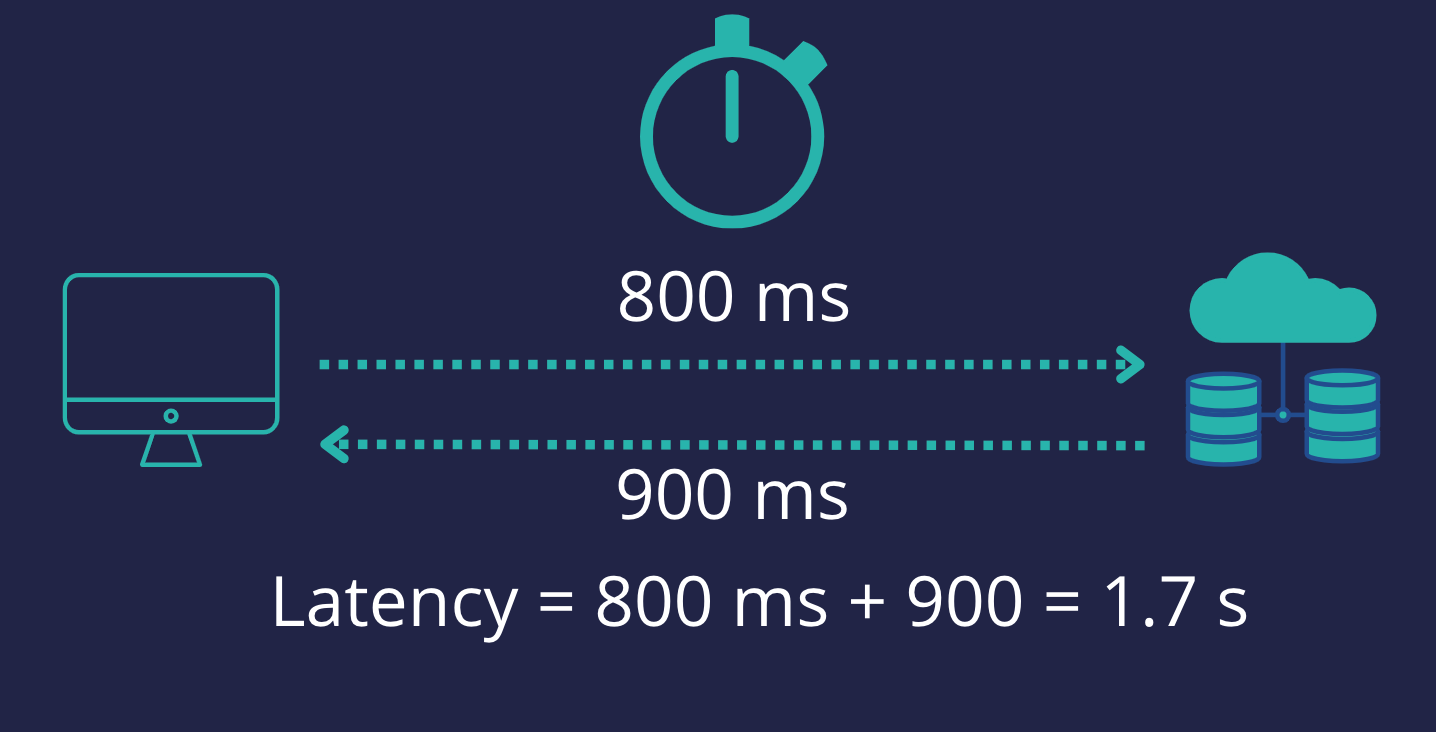
-768.jpg)

.jpg)

